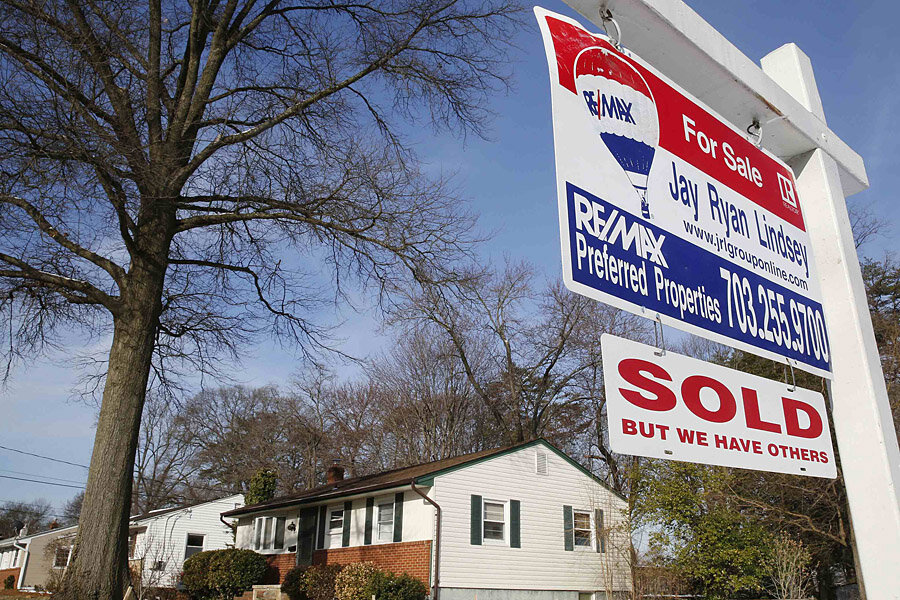Existing home sales fall in August: a tale of two housing markets
Loading...
The market for existing homes experienced its first dip in four months in August, and the data tells a tale of two different housing markets: wealthy speculators buying up properties with cash, and families slowly wading back into home ownership.
Existing home sales fell 1.8 percent last month, according to data released Monday by the National Association of Realtors (NAR), to an annualized pace of 5.05 million homes. Economists had expected sales to rise around 1 percent, to an annualized pace of about 5.2 million units. The months’ supply of single-family homes held steady at 5.5 months.
Sales have been slowly increasing over the last four months, but there were signs that a pullback was coming. “The August result was in line with the July pending existing home sales, which had suggested a small decline in actual sales relative to their July pace,” Joshua Shapiro, an economist with MFR, Inc., writes via e-mailed analysis. “Also, it is important to bear in mind that with mortgage applications for home purchase not showing any signs of recovery, it is apparent that much of the juice in the existing home sales market remains centered in all-cash purchases by speculative buyers.”
Those speculative buyers were key to the August dip. All-cash purchases made up 32 percent of all transactions over the past six months, and purchases from investors accounted for 17 percent. Those buyers drastically scaled back their purchases in August – sales to investors fell 4 percent last month, and investors bought 26.3 percent fewer homes overall. Such sales had been bolstering the market’s growth in the wake of the housing bubble.
Families, meanwhile, are starting to ramp up purchases, but not at a rate that makes up for the investor pullback. Sales to families increased 2.9 percent in August and 0.5 percent year-over-year, the first such increase since October of last year. In another positive sign, the share of first-time homebuyers is remaining steady, at 29 percent of the market.
Still, current conditions can make the buying process a little rocky. “Tight credit presents an obstacle to families looking to buy homes, especially as the share of distressed sales shrinks,” write Patrick Newport and Stephanie Karol, US economists with IHS Global Insight, in an e-mailed analysis.
Distressed transactions, or sales of homes in foreclosure or some other type of bank possession, continue to fall, which is a good sign for the long-term health of the market. Such sales fell to 8 percent of transactions in August, down 9 percent from their 8 percent July share. “We interpret the declining trend as evidence that shadow inventory continues to be processed and should represent a smaller share of transactions over time as the level of shadow inventory falls further,” Barclays Research economist Michael Gapen wrote in an e-mailed statement.
Despite the unexpected dip in sales, Mr. Gapen suggests the overall momentum of the housing market is in a good place. The three-month average sales pace stands at 5.07 million, well ahead of the pace for the first and second quarter of this year (4.6 million and 4.87 million, respectively). “If momentum in housing were reversing, we would expect to see fewer existing home sales transactions from first-time buyers, perhaps because of reduced affordability and tighter credit, and investors,” he writes. “Trends in first-time homebuyers have been holding up, but the share of investors appears to have slowed. We look to upcoming releases to see whether this [decline] represents a trend or is a one-month aberration.”
Prices, meanwhile, continued to climb. The median price for a single-family home rose 5.2 percent from August 2013; the average price was up 3.5 percent year-over-year. The fastest price acceleration came in the Midwest (up 6.7 percent) and the South (up 3.7 percent).






